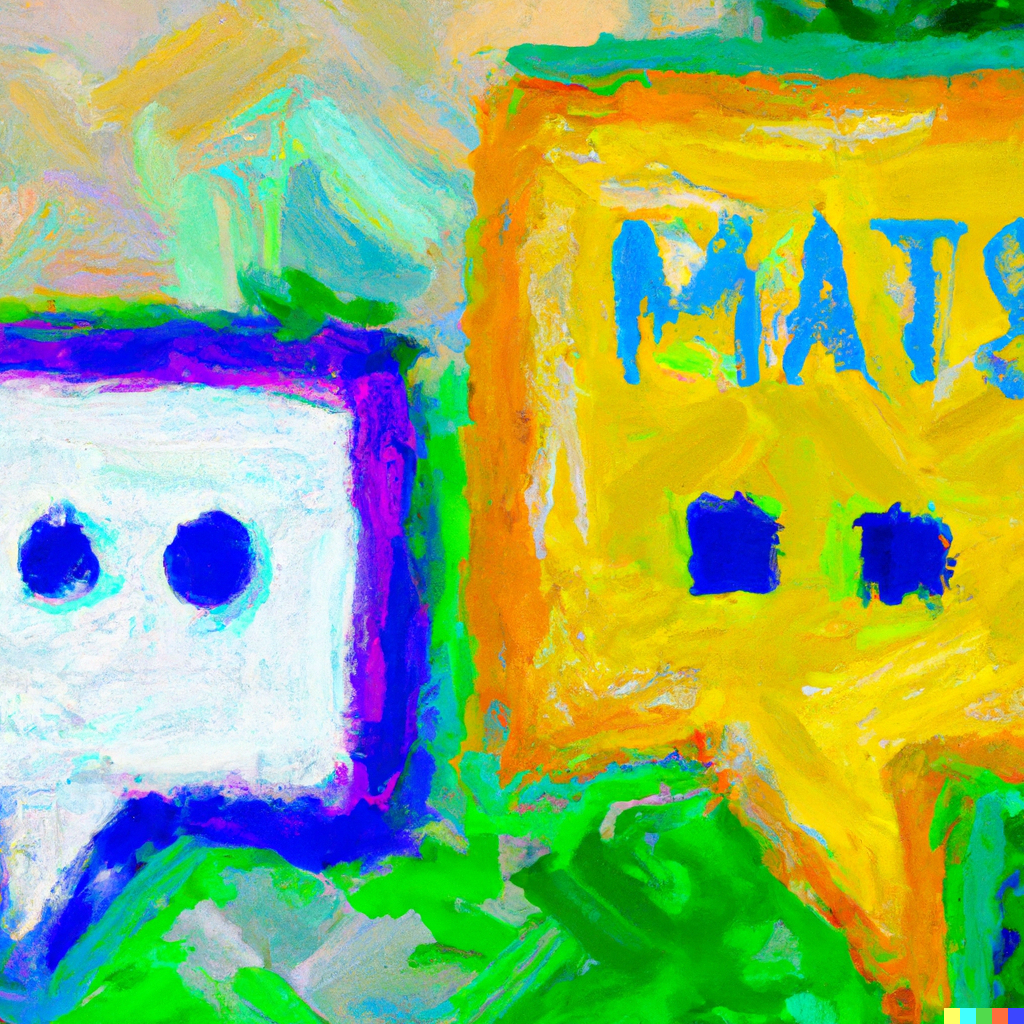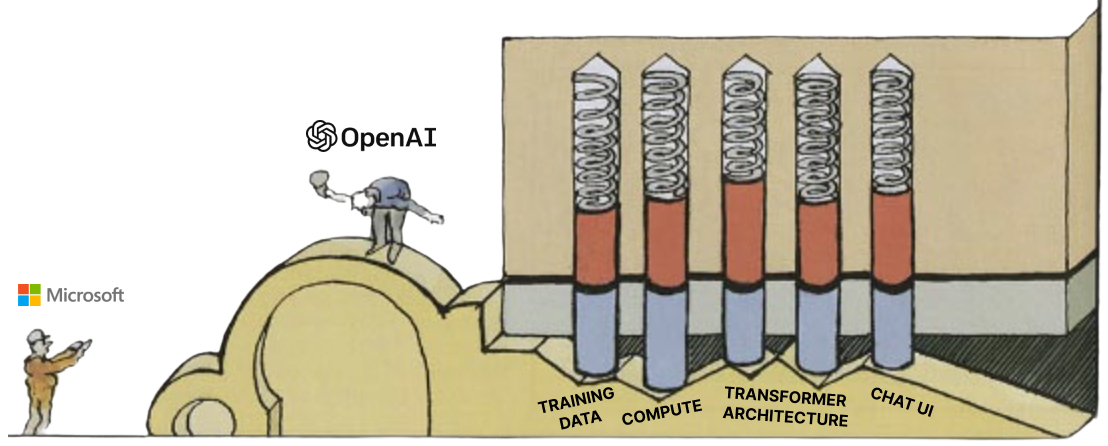
“Few new products have exploded into the American marketplace like AI chatbots. Unhindered by the recession, chatbots are racking up millions of users and are increasingly being offered by the world’s largest tech companies.”
Confession: I made up that quote. Actually, I adapted it.
Here’s the original version, from a news article written almost exactly 40 years ago (Jan. 9, 1983) about the rise of the personal computer:
“Few new products have exploded into the American marketplace like the personal computer. Unhindered by the recession or by cutbacks in government spending, personal computers are racking up billions of dollars in sales and are increasingly being sold in department stores and discount houses like so many vacuum cleaners.”
Computers were not new at that time, and neither are AI chatbots now. But sometimes there are moments in a technology’s maturation where a critical boundary is crossed, a breakthrough product is released, and the growth graphs go vertical.
In order to cross such a boundary, multiple factors must come together at the same time. It's like opening a lock: all the pins must align to enter the next room.
(I made this meme using a graphic from the excellent book, The Way Things Work, about which I wrote previously.)
In November 2022, when ChatGPT launched, the final pin clicked into place: it proved you could package LLM technology as a relatively simple chatbot, position it as an alternative to Google, and gain faster adoption than perhaps any other consumer product in history.
Once the world realized the demand for LLM-powered chatbots was much greater than anyone (including ChatGPT creator OpenAI) expected, significant change became inevitable. Yesterday Microsoft announced it will build a ChatGPT-style experience powered by GPT-3 directly into Bing, and the day before that Google announced its own AI chatbot named Bard. Casey Newton from Platformer summed up the developments with the headline, “Microsoft kickstarts the AI arms race.”
There are obvious questions like “Are the AI’s algorithms good enough?” (probably not yet) and “What will happen to Google?” (nobody knows), but I’d like to take a step back and ask some more fundamental questions: why chat? And why now?
Most people don’t realize that the AI model powering ChatGPT is not all that new. It’s a tweaked version of a foundation model, GPT-3, that launched in June 2020. Many people have built chatbots using it before now. OpenAI even has a guide in its documentation showing exactly how you can use its APIs to make one.
So what happened? The simple narrative is that AI got exponentially more powerful recently, so now a lot of people want to use it. That’s true if you zoom out. But if you zoom in, you start to see that something much more complex and interesting is happening.
Narratives have network effects
I remember using GPT-3 for the first time in 2020 and thinking how cool it was, but having no idea what I could use it for. It made a moderate splash in the tech zeitgeist, and a small but passionate developer community formed around it, but eventually most of us moved on. It wasn’t on an obvious trajectory to transform all software, the way it seems it is today.
The Only Subscription
You Need to
Stay at the
Edge of AI
The essential toolkit for those shaping the future
"This might be the best value you
can get from an AI subscription."
- Jay S.
Join 100,000+ leaders, builders, and innovators

Email address
Already have an account? Sign in
What is included in a subscription?
Daily insights from AI pioneers + early access to powerful AI tools








Comments
Don't have an account? Sign up!